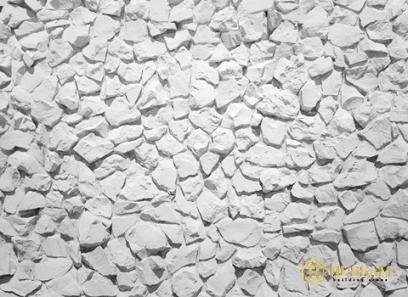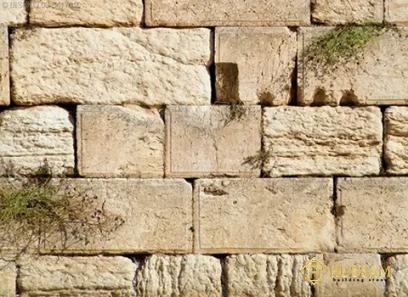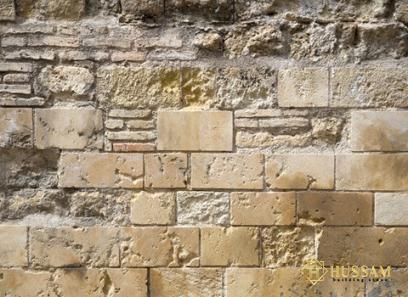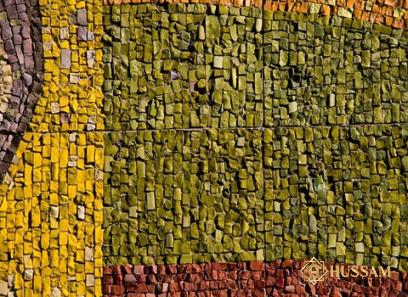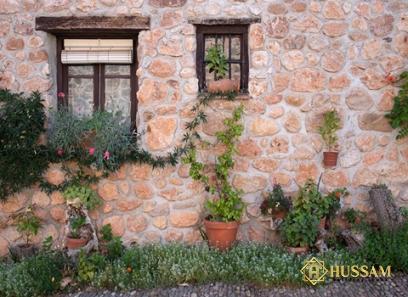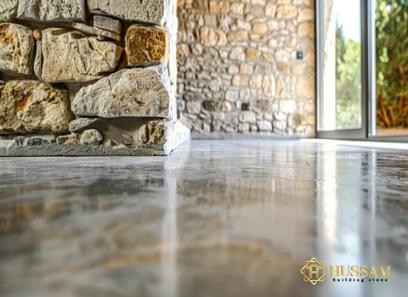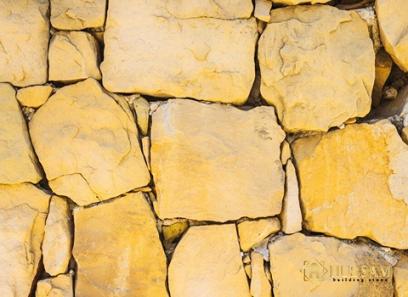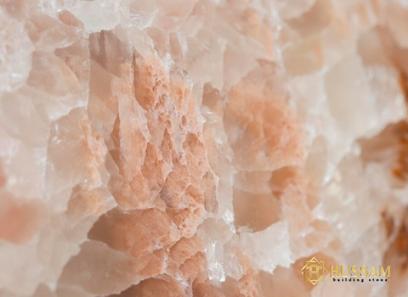Extraction of building stone from mines with amazing methods
In this part, you will be familiar with different and amazing extraction ways of the stone used in building from the mines that have different methods
The evolution of stones used for decoration Construction stone is one of the first building materials that humans have utilized to build tools and shelters and suit their needs
Stone was favored over metal and other materials during the Paleolithic and Paleolithic eras
Consistent characteristics of stones The extent of layering and weak surfaces, as well as other factors, such as tensile strength, pressure tolerance, permeability, wave propagation, stability, and so on, can be crucial in the study of rocks
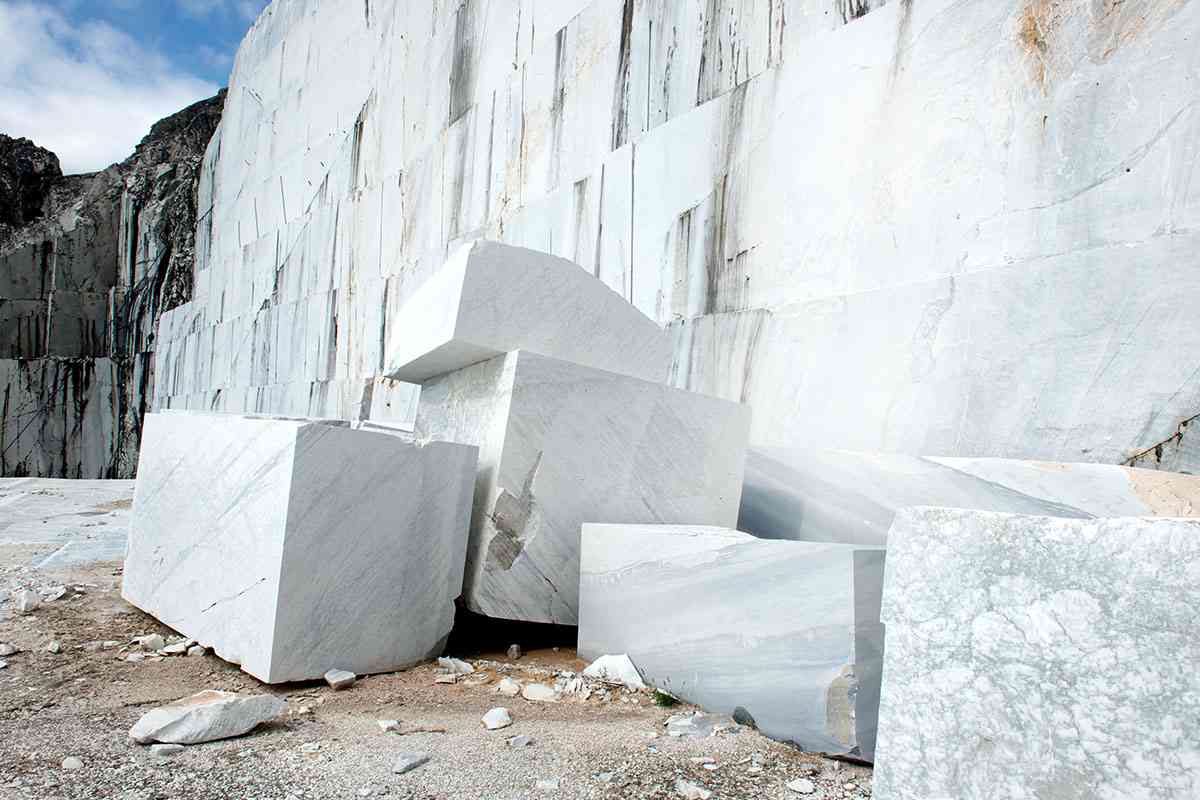
In general, the building stone should be without grooves, streaks, fractures, voids, decay, and loose layer, and even if possible, it should have a solid hue
The stone’s desirable qualities
Lacking consequences stemming from the occurrence of change
lacks any geo-problems
Disorganization and lack of stratification
being skilled at cutting, subdividing, and polishing
Tolerable in Hardness
being of lovely form and hue
Stone has no underlying mud layers
Small pore size and water absorption coefficient
possessing an appropriate amount of resistance to compression, friction, and tension
being very long-lasting effectiveness in obtaining Having enough space to last for a single working cycle
Importance of Effective Stone Quality Factors
Forces beyond one’s control:
classification of stone
Shades of stone
Changeable aspects:
A Method for Extraction
Techniques of trimming and shining
Selecting and installing with care
Construction stone extraction methods
Using row pits for stone extraction
Using pars and wedges, we cut through the stone and freed the block
The Use of a Mechanical Device for Removing Blocks
Simplified block mining with lightweight resources
the use of chemical inflators
This method of stone mining involves excavating pits on the surface of the blocks
Diamond-shaped slicing wire
Steel or helical cutting wires are used in the quarrying of block stones
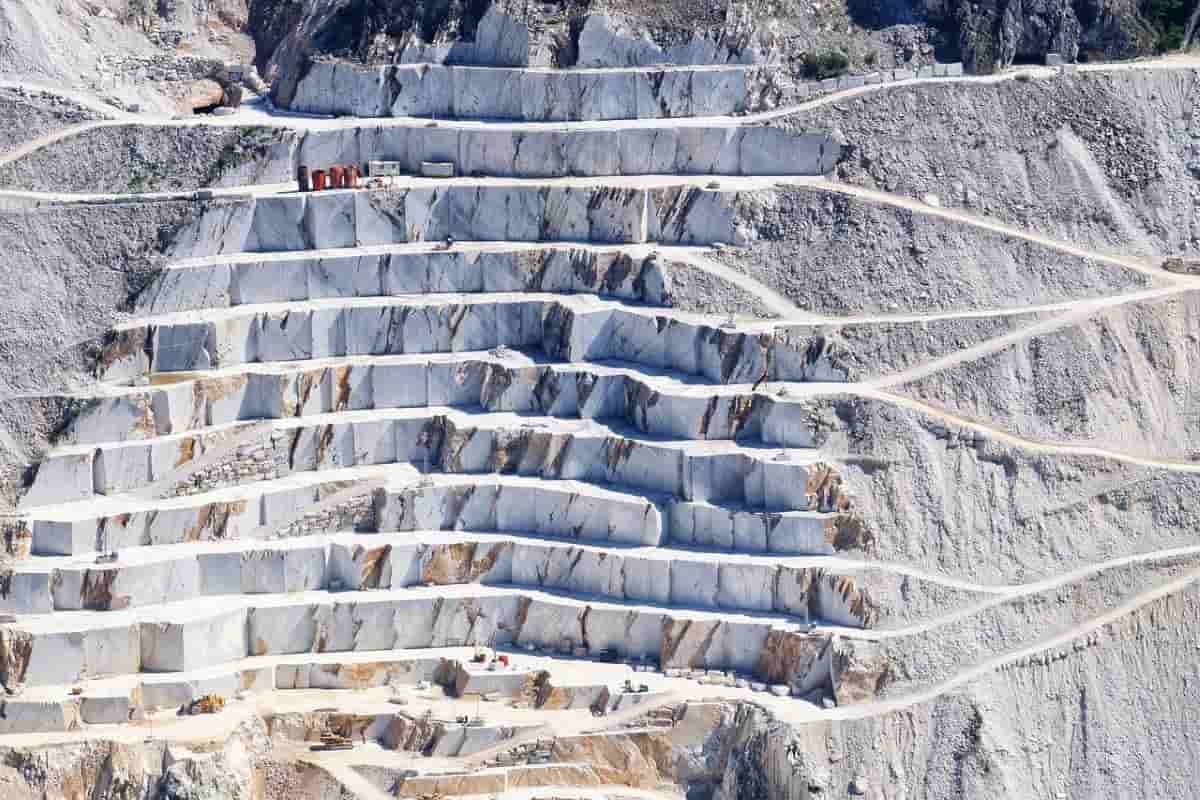
Methods of Mining without Excavation
An instrument for making an impact
Havage-Shiarzen machine technology for chopping stone
Chain-armed Havaj automobile
The winning disc in a Havaj automobile
Extraction using Hydromechanics
The Use of an Extracting Flame
Effective considerations for picking an extraction technique
Put a stop to the cost
Possession of Tools
Discerning Power
Methodological synthesis
The potential for recycling
The length and number of steps in the workshop
The potential availability of sufficient water for stone extraction
Energy provision
Using row pits for stone extraction
Using this technique to harvest stone for construction purposes is as old as the practice itself
Holes are drilled at uniform distances ranging from a few millimeters to a few decimeters using this technique
The stone’s kind, texture, specific weight, and strength all influence how far apart the holes need to be
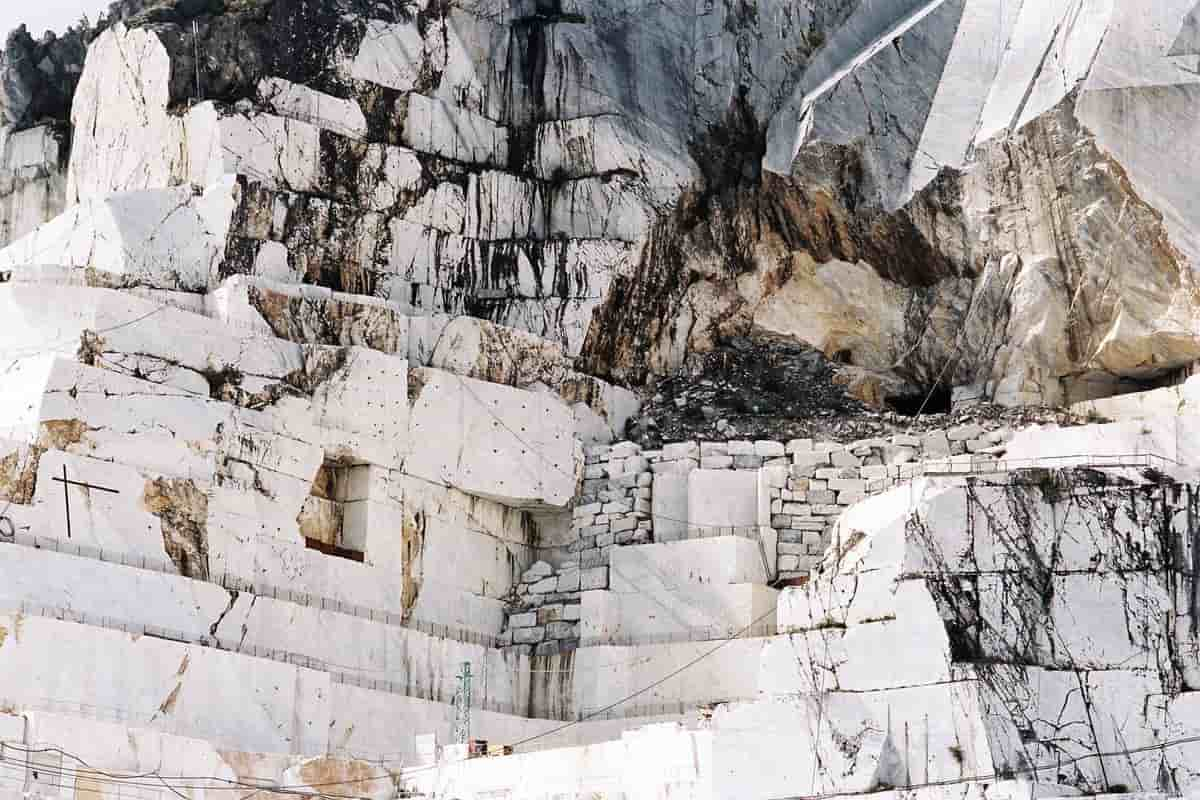
Blocks are better and safer separated when the holes are closer together
The trade-off, though, is a greater price
The number of pits needed and the associated costs determine where block mining can be done most profitably
Reproductive Digging holes is faster and more precise
Positioning them vertically, horizontally, or, in some models, at an angle, is simple
Disadvantages Often, due to the change in the characteristics of the rock, or for other reasons, the hammers cannot drill at a consistent speed, and in many circumstances, one or more hammers from the set of hammers remain inactive
Utilizing Mechanized Means for Rock Splitting Using a wedge to split a rock Digging the holes, then inserting two metal blades and a tough steel wedge into each one
Initially, a mild hammer is used to set it in place
Then, if you have a sledgehammer that weighs 10 kilos, it is worthwhile to use a wedge to shatter the stone and keep pounding on the wedge until the stone is split
Travertine and other layered deposits are ideal candidates
However, in most cases: Producing; to cause You can utilize it to execute a back cut at times
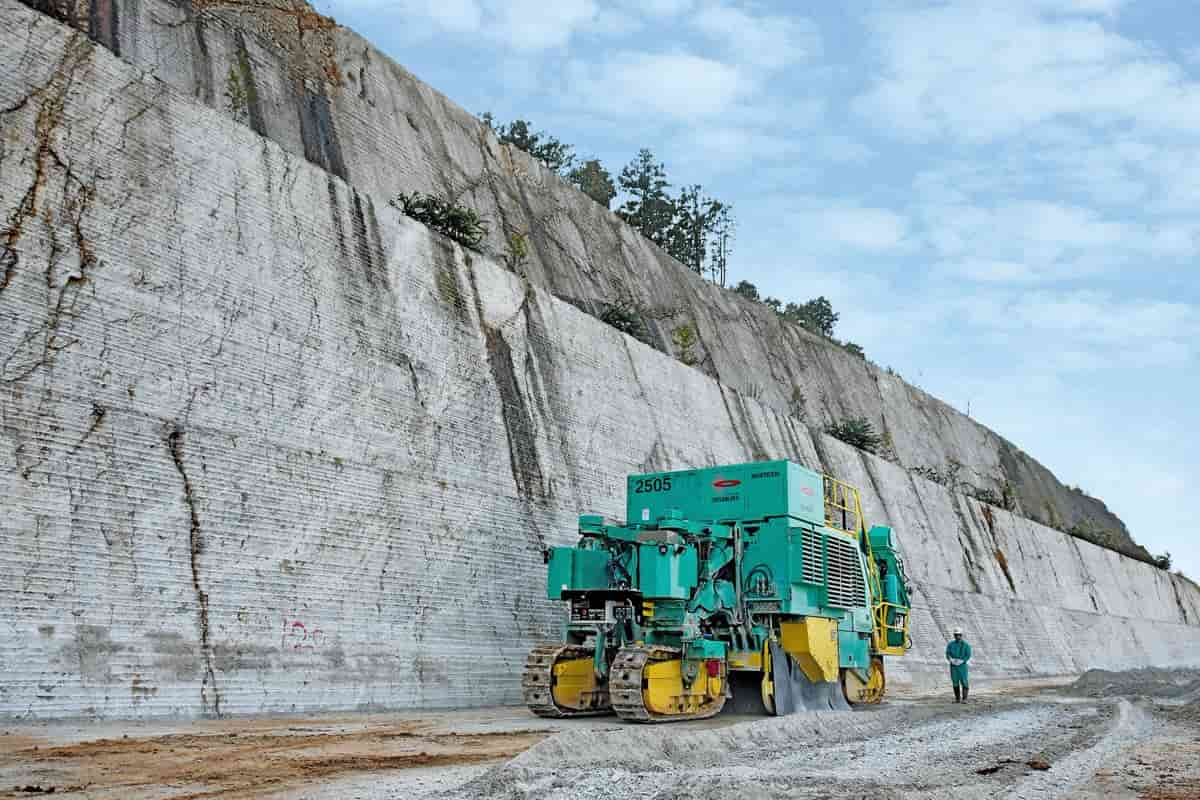
Disadvantages
Rock mining and construction excavation costs
Low output
Advantage
Stone is of a desirable quality since it shows fewer signs of wear and tear
Using a mechanical wedge
One solution to the problem of inefficiency and lost time is a machine equipped with a mechanical impactor
He or she hits the wedge
Advantage
As a result, more work may be accomplished in less time
Defect The product’s quality has decreased because of the greater likelihood that seams and cracks will form as a result of impacts that are beyond anyone’s control
Splitting the block with a hydraulic tool Each of the pars wedges is stored in this apparatus
It’s known in both Latin and Persian by the same name: Darda
Several hammers with pars and wedges are used in the apparatus, or a hydraulic power supply pump
These hammers are powered by a hydraulic pump, giving them greater destructive force
To propel them, they use either electric, compressed air, or diesel motors
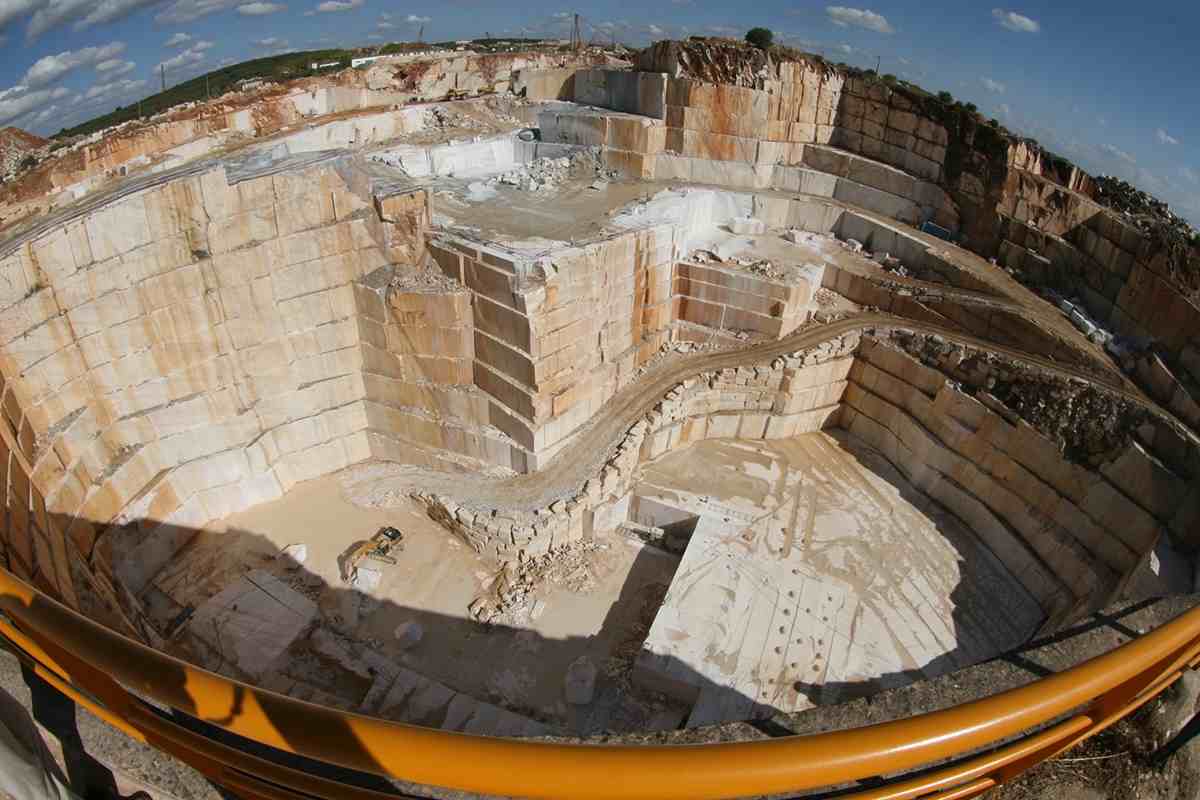
The pump is capable of producing pressures of up to 500 bar (1 bar = 033
1 kg/cm3), and it comes with a 25-liter hydraulic oil tank that is connected to a complex network of valves and hoses
It is possible to simultaneously start up to six hammers using this pump
During actual work, the pressure exerted by each hammer might amount to 400 tons of force
A wedge attached to the impact is lowered into the holes once they have been drilled, and the crack in the rock’s surface is created by hydraulic pressure
Get the size and depth of the holes right first
Digging the holes straight and vertically is essential to preserving the integrity of the Pars, which will crack if the hole is even slightly angled
It’s important that the whole’s diameter allows the wedge to fit into the hole without too much difficulty, and that it doesn’t impede the splitting force of the hole
When digging a hole, make sure it’s deeper than the longest par or wedge you plan to use, as this could cause them to shatter
The pars and wedge should be greased and sent into the hole once the holes have been dug
The stone will break due to the impactor’s force
Due to the method’s great work efficiency, lack of vibration, and even distribution of force, it has an edge over manual methods
Lighting devices or carefully timed fireworks Traditional stone cutting in stone mines has been greatly diminished by the development of modern techniques such as diamond wire cutting
It serves the purpose of trash collection or extra work in the kitchen
High productivity, cheap extraction costs, and minimal machinery are all benefits of working with raw materials
In spite of this, the explosion creates tension in the rock, which results in the formation of joints and fissures, the unequal separation of stone blocks, and the depletion of valuable rock reserves and national resources
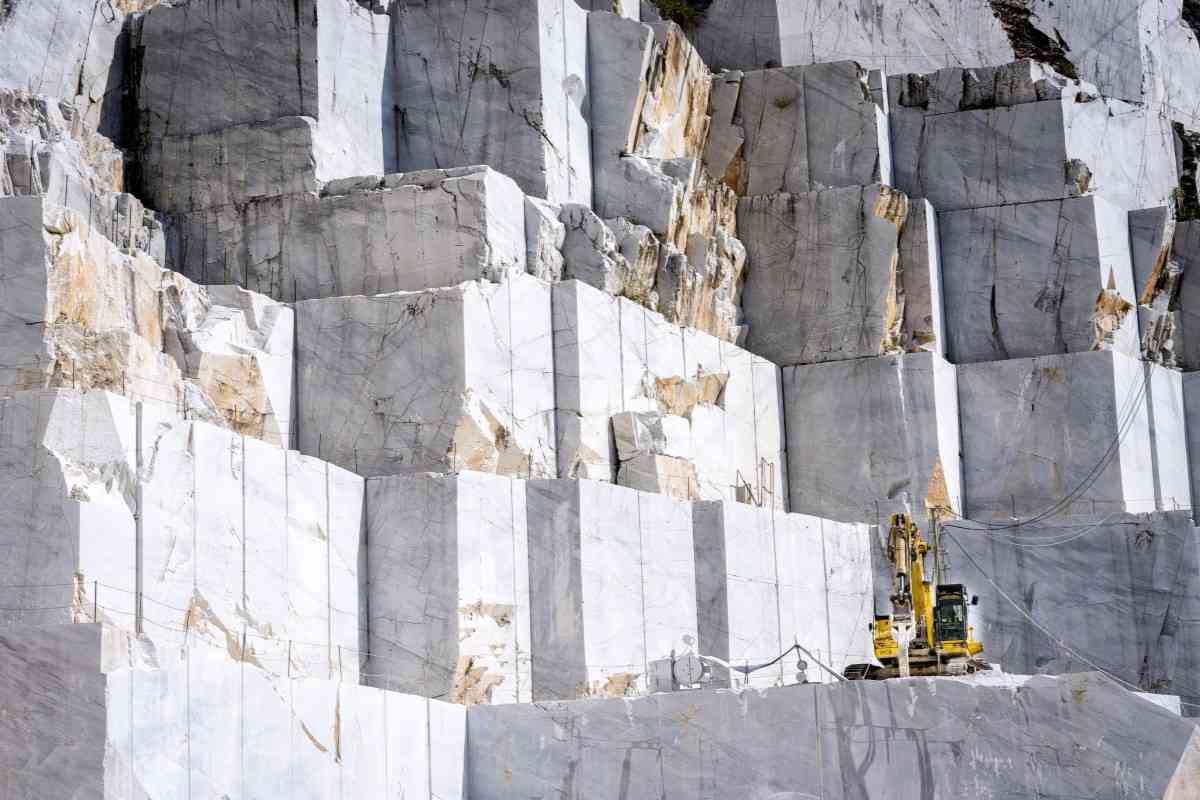
Preparatory Application Occasionally, it’s employed to get the extraction workshop ready (creating alleys and work chests)
Specifically, they’re making an effort to send the prep to the worst possible spot on the field
Two rows of pits are dug on either side of the alley and the stones within are fired in a direction perpendicular to the front of the fire
Only shock waves are stopped by the holes in the alley region
Use of fat is appropriate within the margin of error
Due to using flimsy components, The material must have low destructive power
A portion of the charge, or a portion of the charge split along the length of the hole, is what is needed
The explosives employed should have a specific heat of about 0
2*106 and an explosive speed of about 400 meters per second
Sometimes water or empty space inside the pit is employed to diminish the power of destruction
A combination of special gunpowder and gunpowder has also been tested
In recent years, most of pyrotechnics are done with gunpowder instead of gunpowder
As far as rock destruction goes, this explosive is a step down from gunpowder
Use of Time-Tested Procedures The initial pressure from the explosion is proportional to the total stress in the rock
Consequently, the choice of explosive material with an appropriate beginning pressure to induce tensile stresses at the limit of the rock’s tensile strength is one of the parameters that play a vital role in shattering the rock
The explosive material’s particular weight and explosion speed determine how much pressure it will generate inside the hole
Gunpowder is the biggest cost in the conventional method of constructing stone mines
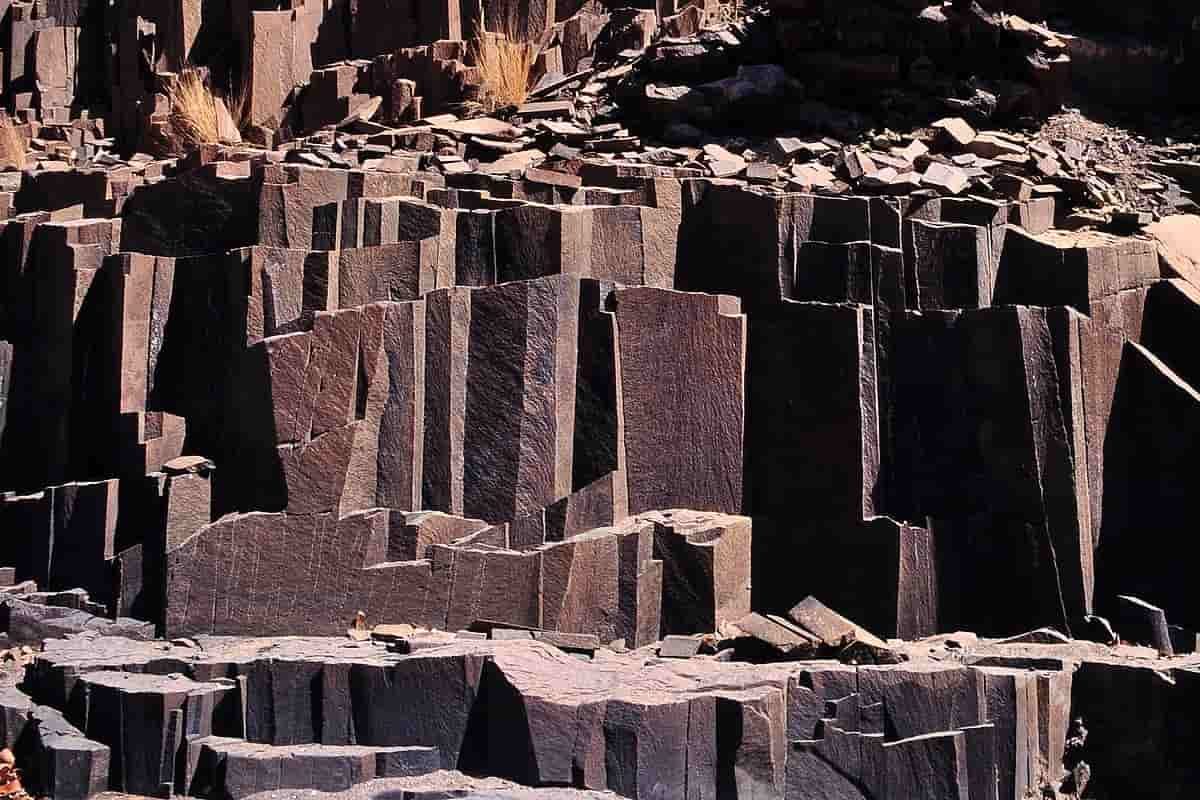
Compressed gunpowder comes in cylinders measuring between 9 and 15 centimeters in length and a diameter of 2
5 to 4 centimeters
This compressed gunpowder has a weight of 1
9 g/cm3 when measured by its density
The granules of granular gunpowder range in size from 0
1 to 1
3 cm
This gunpowder has a density of 1
5 grams per cubic centimeter
The speed of the explosion is proportional to the size of the droplets
Challenge In order to get the desired effect with fireworks, it is crucial that the holes be perfectly aligned and placed in a straight line
Pits are the lines on a plane, and the set of pits should form a plane in the stone
Distance between holes is best determined by the type of rock, the existence of discontinuities, and the whole’s shape, which includes dimensions like its diameter
In most cases, they model this separation as a function of the whole’s width and supply accompanying calculations and figures
Through experimentation and cost estimation, the optimal case can be obtained
Fragmentation through Chemically Expanding Substances In stone quarries, it is used as an alternative to sand
Its popularity and use continue to rise
These materials serve a similar purpose to pars and wedges, although their destructive and explosive force is lower than that of Naryeh materials
It’s imperative that they create matching holes
A slurry is made by combining the desired substance with water
The hole is filled with the slurry
Hydration and water absorption cause the slurry’s volume to expand by many times after some time has passed
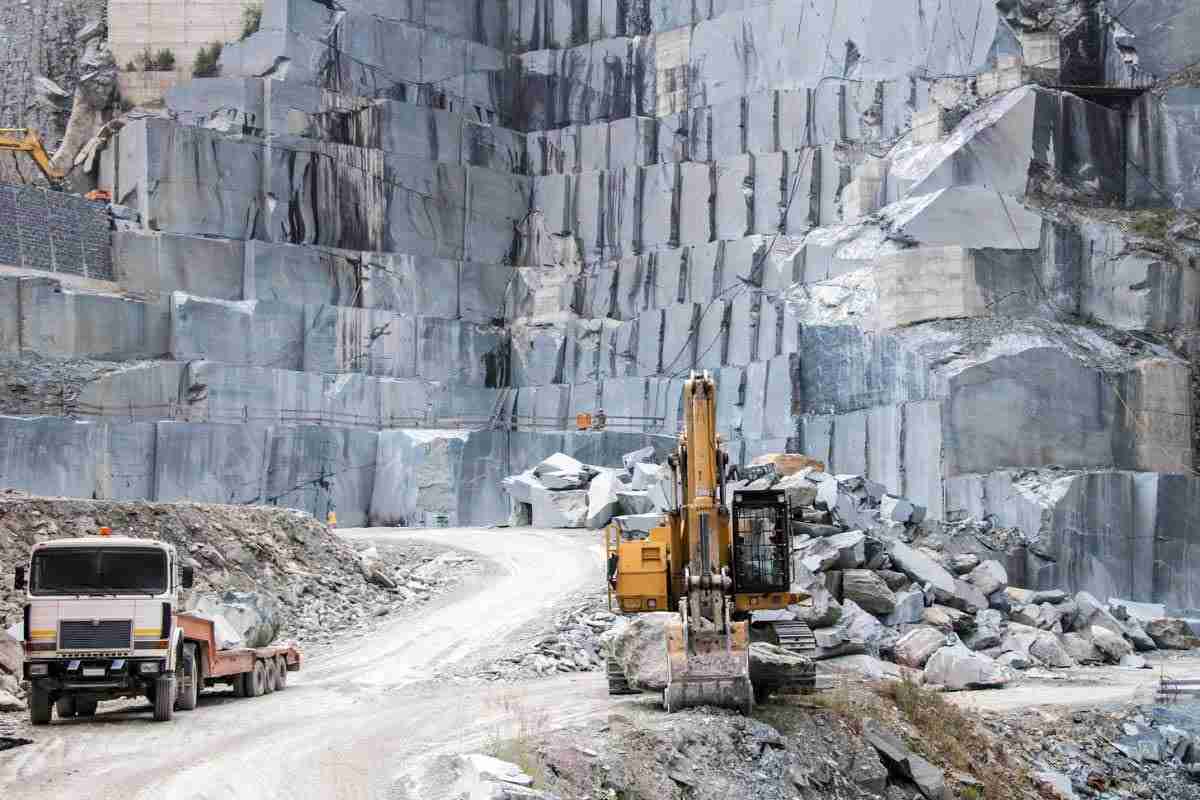
Advantages Not dependent on petroleum products; could be used in residential areas and mines in close proximity to these regions, where such usage is prohibited by the Mines Ministry’s regulations
Benefit of not requiring specialized personnel to operate
Ease of transportation: These products are packaged and readily transported
Fracture always occurs perpendicular to the drilled holes, regardless of the cut’s arbitrary shape
Consistency with natural systems Disadvantages Numerous manufacturers disregard established industry norms, resulting in subpar products
Weather conditions: Many powders are not manufactured for varied weather conditions
Heat has a very crucial role in the expansion process of these powders
That’s why they’re less effective when the temperature drops
Risk of explosion and stone-throwing: Due to the inadequate quality of many of the generated powders, within a short length of time after being poured, they may experience a significant expansion akin to an explosion, and the stones may be crushed and hurled
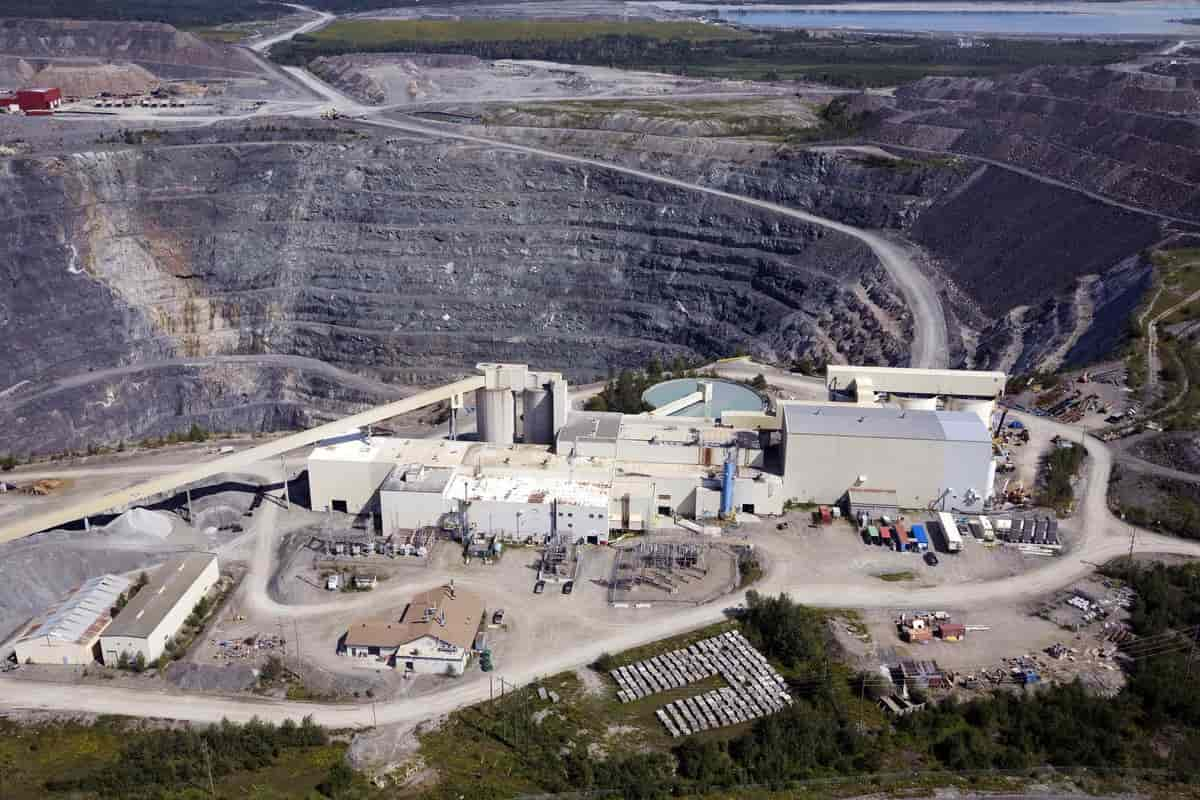
Performance The greater the volume, the greater the compressive force on the hole wall
The whole lining will eventually crack due to the pressures exerted there
It is possible to control the direction in which the wall is broken and the subsequent movement of the broken stone by carefully drilling and configuring the hole
After that, a loader and a bulldozer may easily separate the stone from the work chest
After reading this article you can contact us for asking any question you have about the stone

